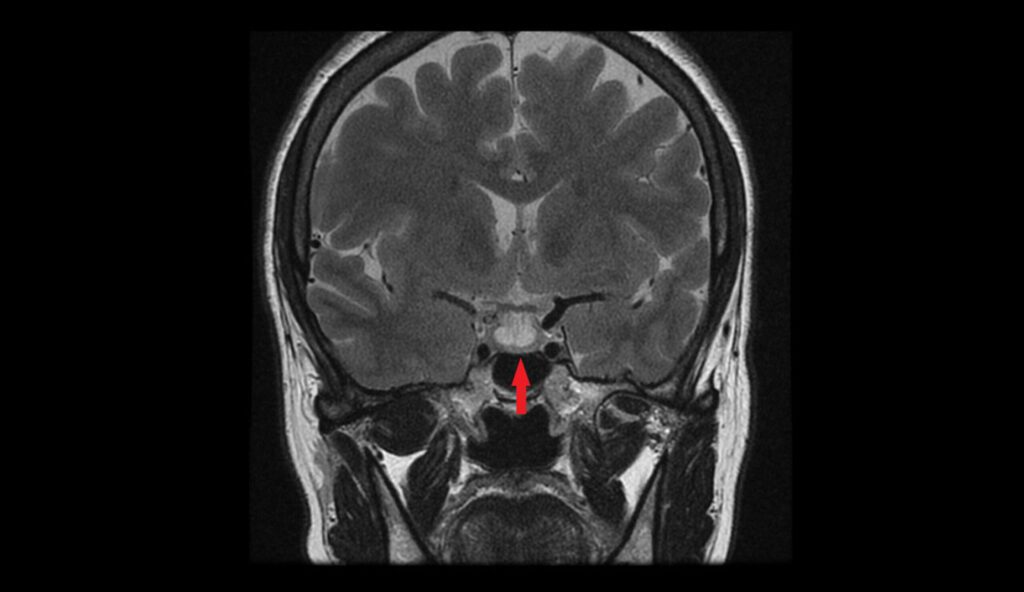
Probing Prolactin: When High Levels Raise Red Flags
We are excited to see so many of you join our FMEP courses. Several of...
0
Just a reminder… pay attention to the questions. Here are our general tips one more time:
1. Pay attention to the questions. Look carefully at how many items you are being asked to list. If the question asks for five items, you will not get more marks if you list eight items; the examiner will look at the first five and allocate marks only for the first five answers – so be careful. On a SAMP, if it is not clearly stated how many items you should list, look at the amount of points/marks being allocated for the question to get an idea of how many answers the examiner may be anticipating you write down.
2. Do not write lengthy answers. Most questions can be answered in 10 words or less!
3. Be specific when writing down investigations (hemoglobin instead of CBC; CT abdomen instead of CT).
4. Remember that trade names and generic names are both acceptable when writing down medications.
5. For more helpful tips, you can refer to CCFP’s SAMP instructions by clicking here.
SAMP
Anna Lee is a 47 year old female well known to you from the community. Her mother just passed and she has been under a tremendous amount of stress. She comes in today after waking up with dysarthria and left-sided facial weakness. Her temperature is 37.1°C. Her blood pressure is 156/80. Her heart rate is 80. (9 points)
1. How is Bell’s Palsy diagnosed? (1 point)
2. Do patients presenting with suspected Bell’s Palsy require additional testing for Lyme disease and diabetes? (1 point)
3. What scoring system can be used to assess the severity of Bell’s Palsy? (1 point)
4. True or false: Patients with Bell’s Palsy should receive steroids within 48 hours of symptom onset, regardless of the severity. (1 point)
5. True or false: All patients with Bell’s Palsy should receive antiviral medication, regardless of the severity. (1 point)
6. Should an MRI be organized for patients with Bell’s Palsy? (1 point)
7. What are non-pharmacologic options for the management of Bell’s Palsy? (3 points)
Excellent CMAJ Articles: